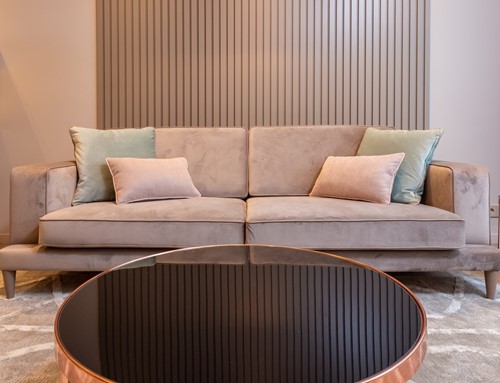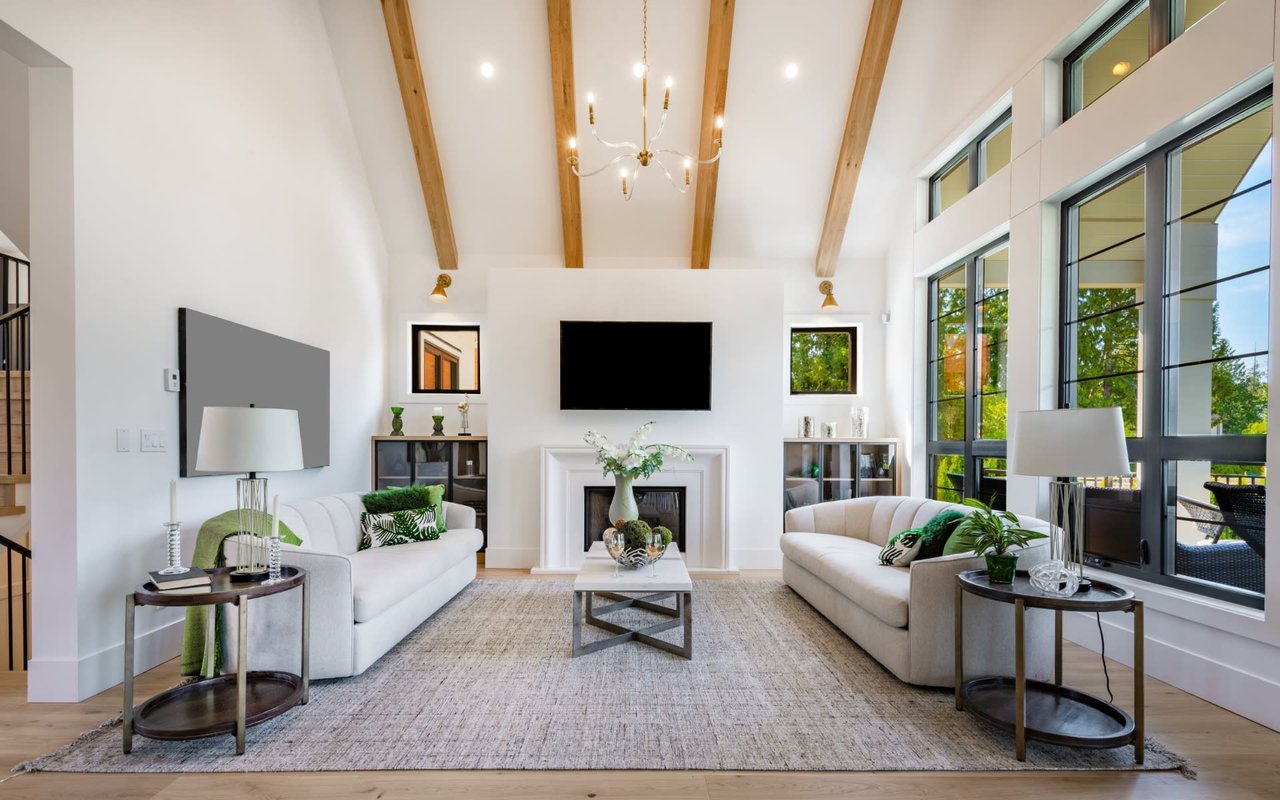
Balance and symmetry are essential elements of interior design. Everything from the furniture arrangement to the art on the walls can affect the symmetrical balance of the space and create entirely different aesthetics. Here is a basic guide to the different types of symmetry and balance commonly used in interior design:
Symmetrical Balance
Symmetrical balance is the most popular design technique. It's also the easiest to achieve, whether working horizontally or vertically. Symmetrical balance is common in square and rectangular spaces and is a hallmark of traditional design styles.
A simple example would be two chairs separated by an accent table or two sofas with a coffee table between them. Formal dining rooms are perfect for exploring symmetrical balance, especially when working with architectural features like windows.
Asymmetrical Balance
Asymmetrical balance is more difficult to achieve but can have a dynamic impact. The results are usually more casual in interior design. This makes it a popular option for small, narrow, or oddly shaped rooms and lends itself to a wider variety of “informal” design styles.
An example of asymmetrical balance might be arranging heavier, larger furniture pieces all together on one side of the room, and the smaller, lighter pieces on the other. To make the room feel balanced, designers incorporate bold colors, patterns, or additional decor to the lighter side.
Radial Balance
Radial balance is often blended with both symmetrical and asymmetrical balance to add round pieces harmoniously into designs. A basic description would be objects rotated to face the same direction around one central point.
For example, a round dining table with an odd number of chairs would exhibit radial balance rather than symmetrical. Spiral staircases, round kitchen islands, and circular windows on walls or front doors are other examples of radial balance in context.

